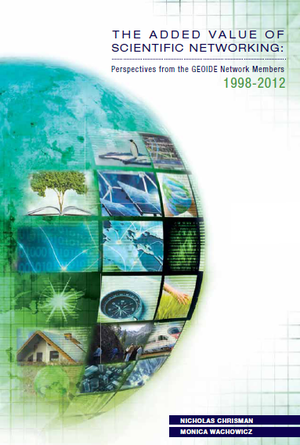
Research networks foster creativity and break down institutional barriers, but introduce new geographic barriers to communication and collaboration. In designing mobile educational games, our distributed team took advantage of diverse talent pools and differing perspectives to drive forward a core vision of our overarching design targets. Our strategies included intense design workshops, use of online meeting rooms, paper and software prototyping as group activities, and dissemination of prototypes to other teams for refinement and repurposing. Our group showed strong activity at the university-centered nodes with periods of highly effective dissemination between these nodes and to outside groups; we used workshop invitations to gather new ideas and perspectives, to refine the vision, to forge inter-project links, and to stay current on what was happening in other networks. Several important aspects of our final deliverables came from loosely associated network members who engaged via collaborative design exercises in workshops, emphasizing the need to bring the network together and the importance of outside influences as ideas evolve. Our final deliverables demonstrate how our network both maintained a consistent vision and incorporated new ideas in the design of mobile augmented reality games, how our network experienced a new open approach of knowledge and technology sharing towards the sustainability of our research outcomes.

